Disclosure: This recipe and blog post were created in partnership with The Quaker Oats Company. I was compensated for my time. As always, all opinions are my own. Thanks for supporting the brands that support Street Smart Nutrition!
If you’ve been following along with Street Smart Nutrition you know I’ve been all about oats this year! I teamed up with Quaker for an ongoing partnership to highlight some of my favorite ways to cook with oats and share more about oat nutrition. To help me learn more about where oats come from, I was invited to attend the 2019 Seed to Spoon tour at their mill in Cedar Rapids, Iowa. It was by far one of the coolest experiences I’ve ever had and I can’t wait to tell you all about it!
You probably already know food tours are my thing – I love learning about where food comes from! Check out this event recap from a tour a little closer to home: The Kansas #FarmFoodTour!

Where Do Oats Come From?
If you trace oats back to the source, you’ll have to go all the way up to Canada, where much of Quaker’s oats are usually grown. The environmental conditions there are ideal for growing oats and producing high yields. That’s because oats grow best in cool weather with long, sunny days and well-drained, fertile soil. Many farmers will grow oats as part of their crop rotation. Quaker is proud to work with more than 400 oat farmers in their Direct Growers Program who are committed to growing the highest quality oats.
The oats are harvested in the late summer or early fall, which is why September was the perfect time of the year to visit the Cedar Rapid Quaker mill. The oats are shipped by railcar so train whistles are a common sound in Cedar Rapids! Quaker holds extremely high standards of excellence, so farmers send samples of the oats ahead for testing prior to shipping and the oats are tested again when they arrive at the mill. A representative sample from every railcar is evaluated and graded in the lab. The operators that conduct these tests are examining samples for moisture, size, and composition and all must be approved before the shipment of oats can move to the next step.
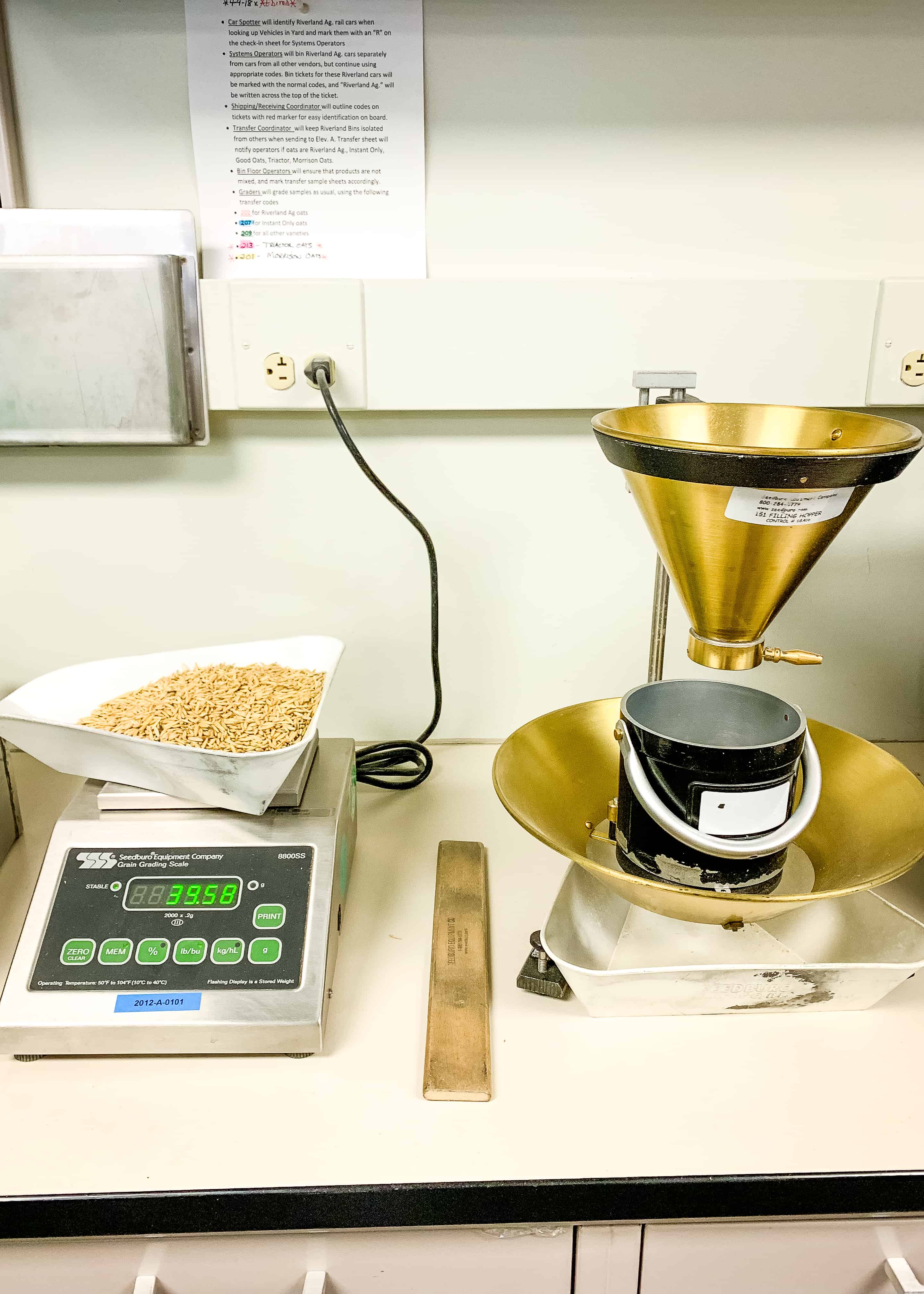
A single railcar can hold 5,000 bushels of oats. That’s 160,000 pounds! When the mill is running at full capacity they will receive up to 30 railcars per day and can process up to 3.6 million pounds of oats per day. Based on the test results, the oats are separated and stored in bins before being blended in the correct ratio to meet nutritional claims – like the heart health claim, which requires certain amounts of dietary fiber and beta glucan – and create Quaker’s high-quality oat products.
Once they’re ready for milling, they must be cleaned, dehulled, and kilned. Cleaning is essential for removing any non-oat material like wheat, barley, or canola leftover from harvesting. This is also mandatory for any oats destined for a gluten-free certification. Quaker has a zero-tolerance policy, meaning that any sample that contains trace amounts of wheat or barley cannot be used in their gluten-free products. Great news for anyone who needs to avoid gluten!
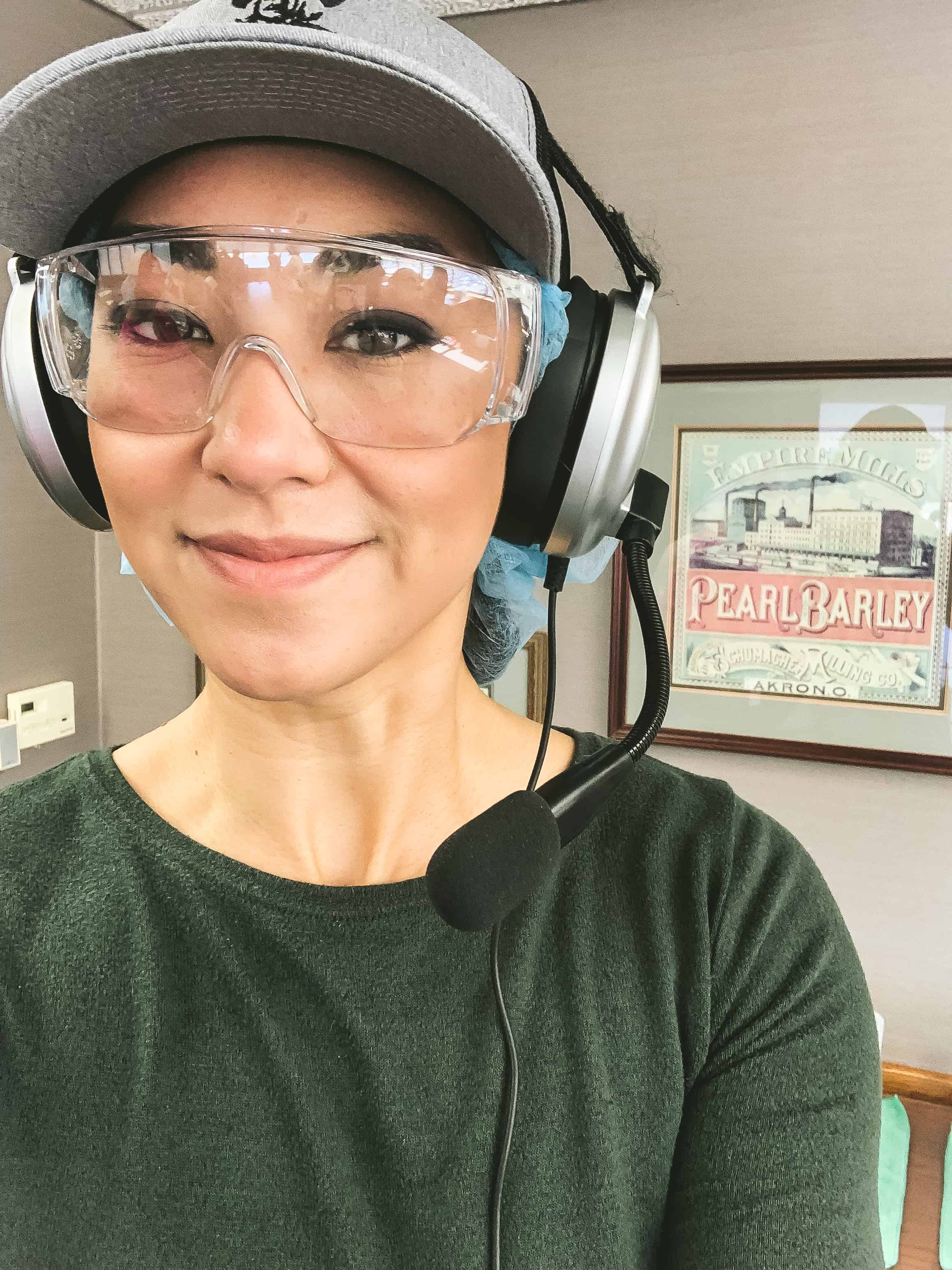
Dehulling is the process of removing the outer hull. This is an inedible fiber, which can be sent off for animal feed or used to help generate electricity. The inner groat is what remains and we learned a fun saying to help us remember the difference between “oats” and “groats” – just think of a groat as an oat without a coat!
The groats then go through a unique kilning process, which we were able to see inside the plant. It was toasty in there! But the heat is necessary to deactivate naturally occurring enzymes in the groats, leading to a longer shelf life and the signature toasty flavor that Quaker oats are known for. Finally, kilned groats are ready to be cut, flaked, and/or rolled into the wide variety of tasty Quaker products that you see on your grocery store shelves.
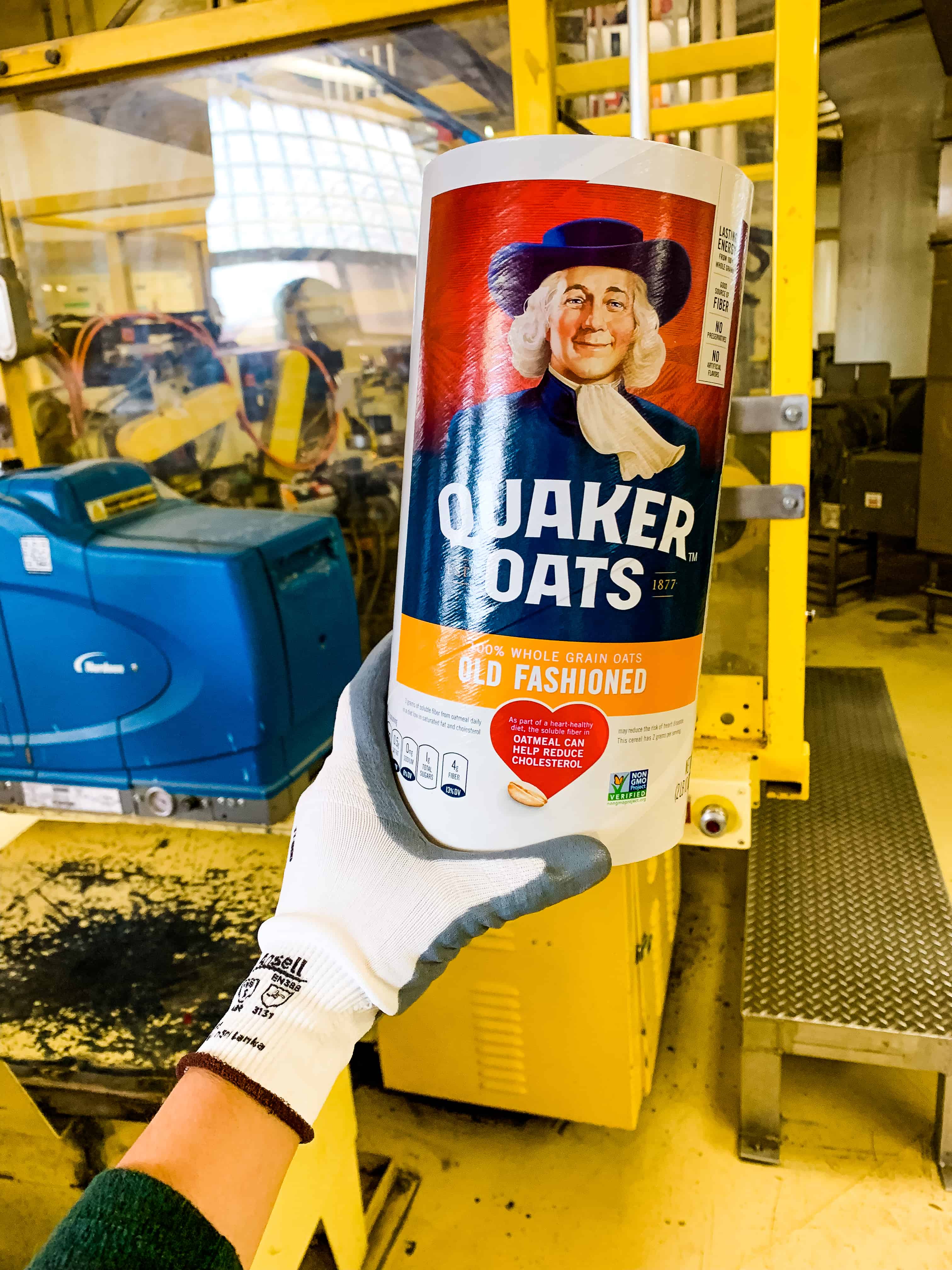
What Is the Difference Between Rolled Oats and Quick Oats?
Kilned groats are all the same up until the point where they are cut, flaked, or rolled. There is no difference in the processing of oats other than changing the size, shape, and thickness. So the only difference between Old Fashioned oats and quick or instant oats is their thickness and size after they’re rolled. It was pretty cool to see how precise (and fast!) the process is and how such subtle changes can create an entirely different product and eating experience.
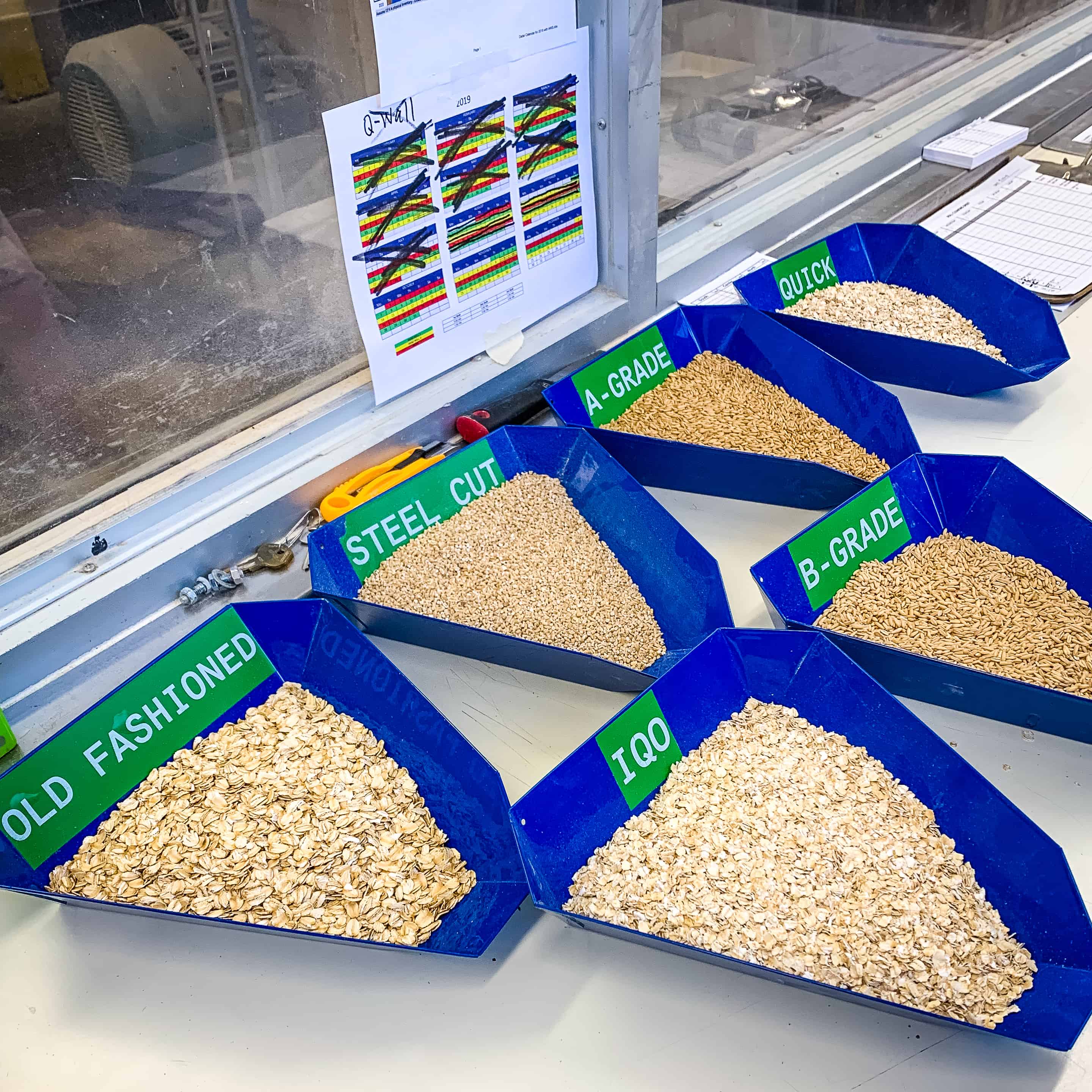
Without this cutting and flaking process, the cook time on oats could be hours long. And I don’t know about you, but I just don’t have time for that! The flaking process involves steaming the groats and passing them between two big rollers. The cooking time becomes even shorter if they’re cut, which is instant oats. Similarly, they also make quick steel cut oats, which are cut smaller than their longer-cooking counterparts, regular steel cut oats.
The specialized cutting machines for the steel cut oats were really fascinating to see. They were originally developed in 1875 by one of the original founders of The Quaker Oat Company and the steel knives and cutting technology has come a long way since then. I’m always interested in the history of food and where it comes from, so getting this insight into the story behind oats was one of the highlights of my summer!
Oat Nutrition
Since we’ve talked about the different types of oats, you might be wondering about oat nutrition. No matter which type of oat you prefer, ounce per ounce, they all provide similar amounts of fiber, vitamins, and minerals. All of the varieties – Old Fashioned, Quick, Instant, and Steel Cut – are 100% whole grain. That’s because the only difference between them is the shape, texture, and cook time.
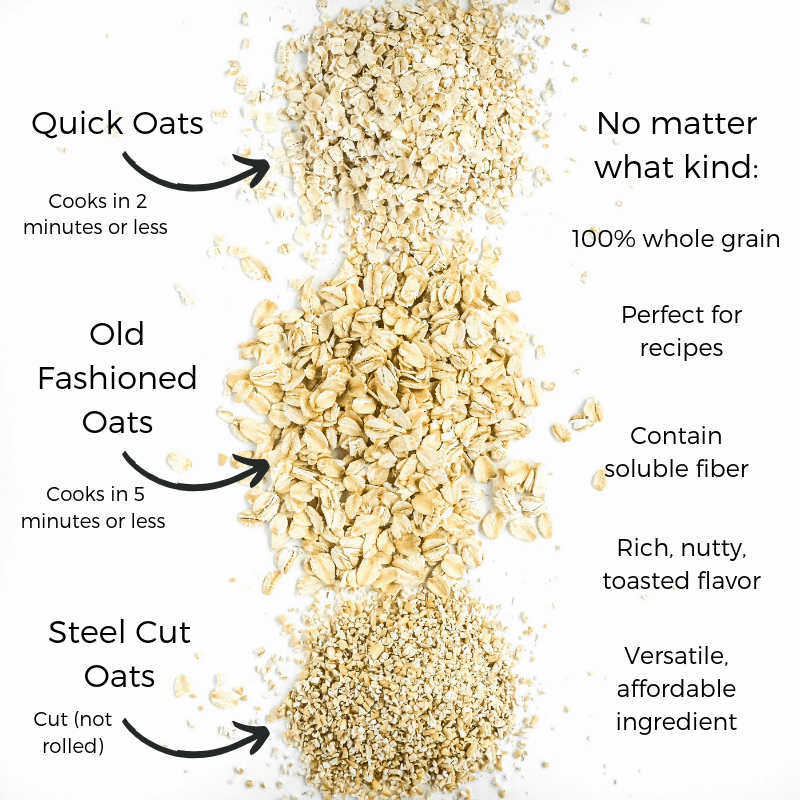
I often get asked if a certain type of oat is more nutritious than any other. I’m happy to say you’re free to choose whichever version you enjoy the most! Some people prefer the creamier, softer texture of instant or old fashioned oats, while other people favor steel cut oats. It sometimes comes down to time as well. Since instant or old-fashioned oats are quicker to cook, they can get you out the door and on with your morning in less time.
Oat nutrition is also about the company they keep. Since oats are so versatile, they offer countless possibilities to get more flavor and nutrition out of your meals and snacks. They’re a nourishing blank canvas for culinary inspiration and I’ve had so much fun experimenting with different ways to enjoy them. Hot and cold, sweet and savory, even blended into a smoothie – so many fun options!
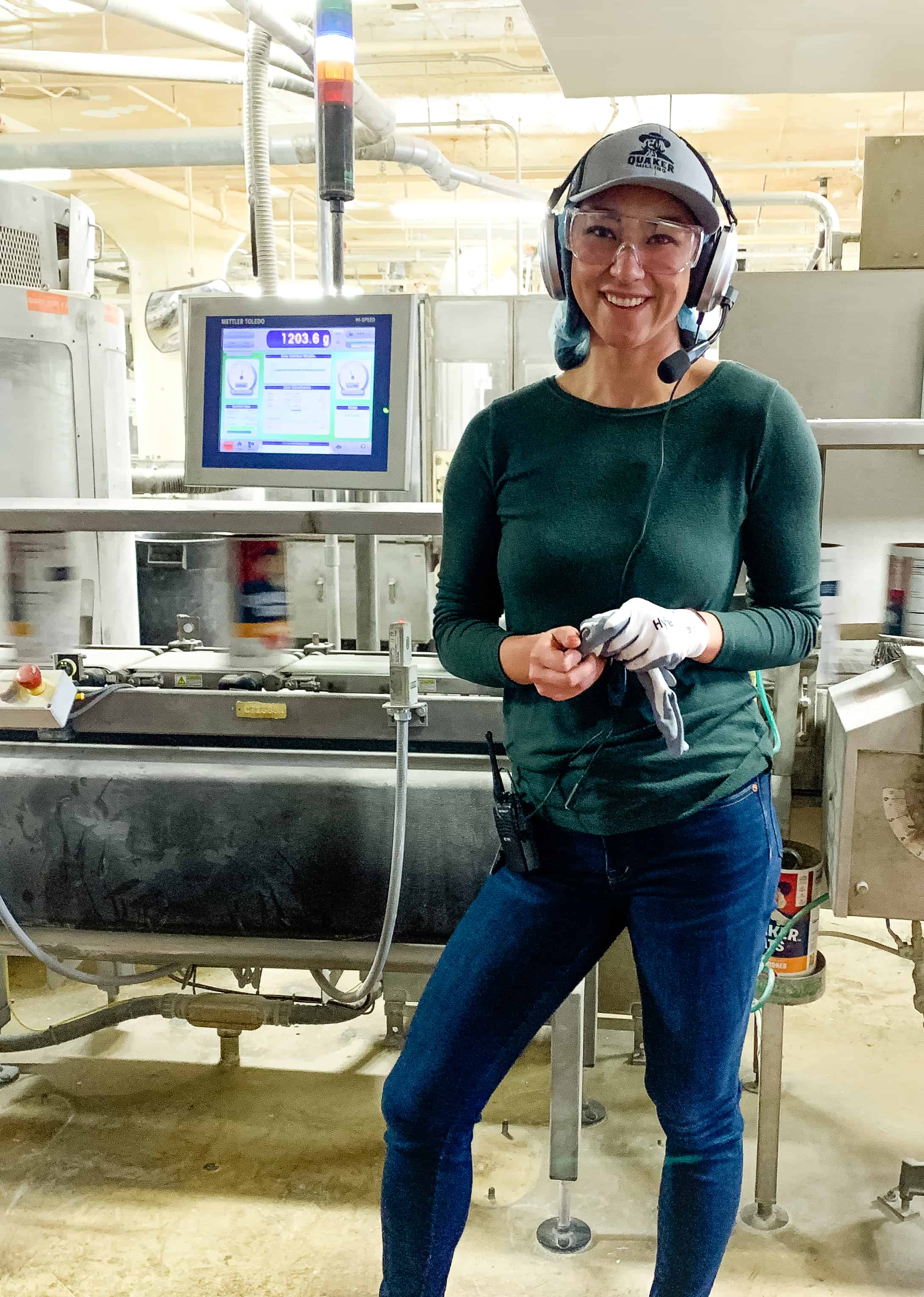
It was a great experience to be able to tour the oat mill in Cedar Rapids, Iowa with the Quaker Oats team and our group of dietitians and food bloggers. I have a whole new appreciation for the quality, nutrition, and passion for oats that goes into every serving. And I can’t wait to take all this new knowledge back home to my kitchen and dream up some more delicious recipes to highlight all the varieties of oats!
If you’re feeling inspired to do the same, check out some of the current oat recipes I’ve come up with. Have you discovered any new favorites so far?

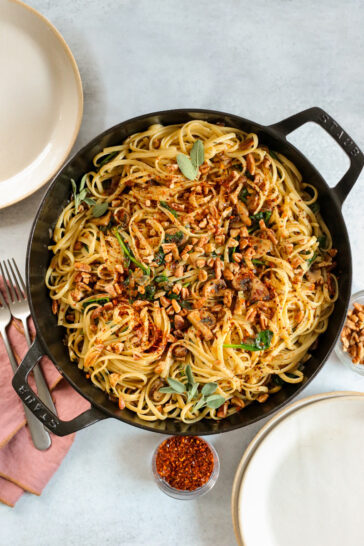
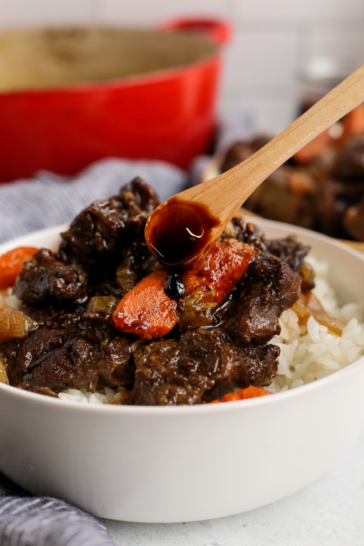
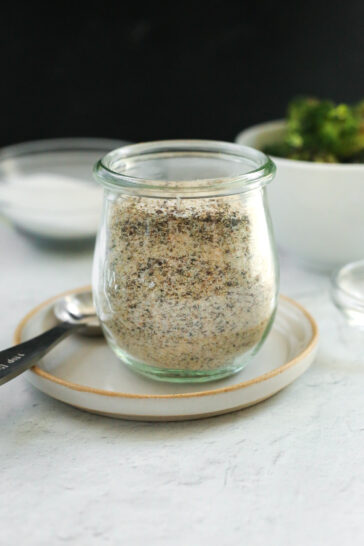
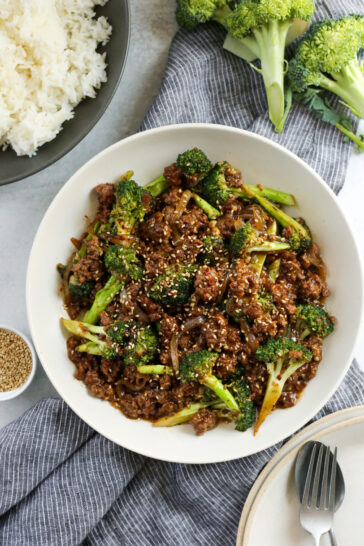
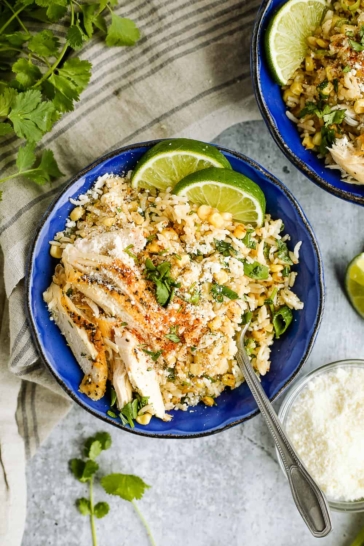
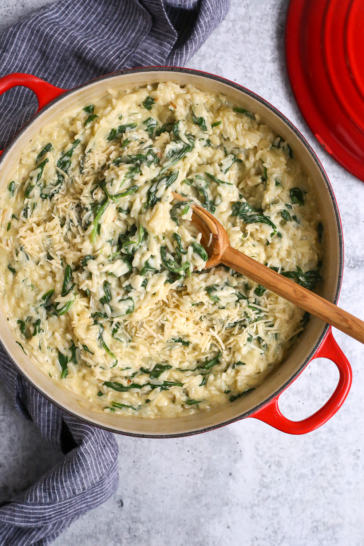







Questions & Reviews
I totally geeked out over this post, ha! So interesting! I love learning “how it’s made” and getting a peek at what it takes to get food from farm to plate. Thanks for taking us along behind the scenes!
Thank you for reading! I geek on this kind of thing too, so it was a privilege to be able to see behind the scenes like that!
An outstanding share! I have just forwarded this onto a colleague who had been conducting a little homework on this.
And he actually ordered me breakfast due to the fact that I found it for him…
lol. So let me reword this…. Thanks for the meal!!
But yeah, thanks for spending the time to discuss this subject here on your web site.